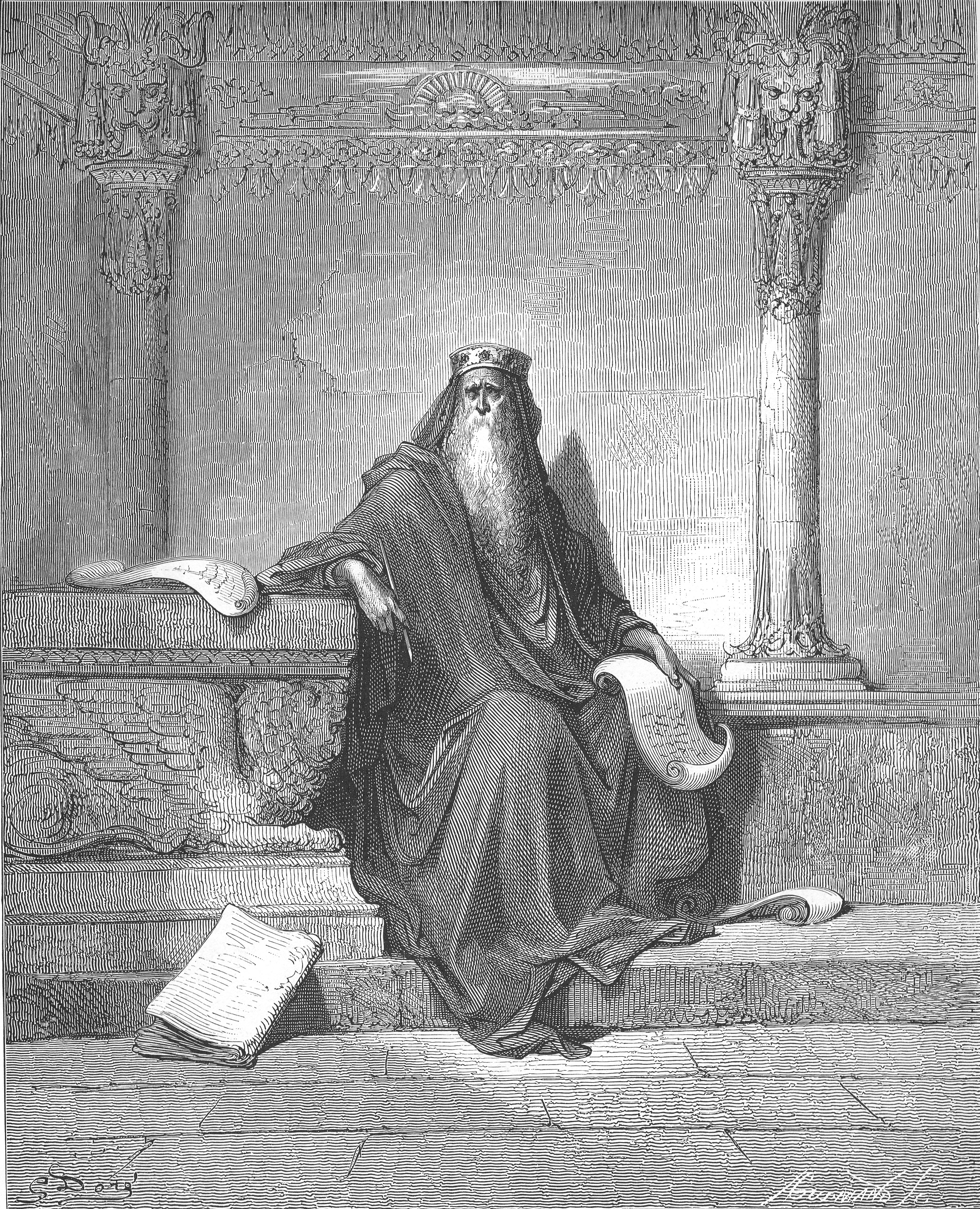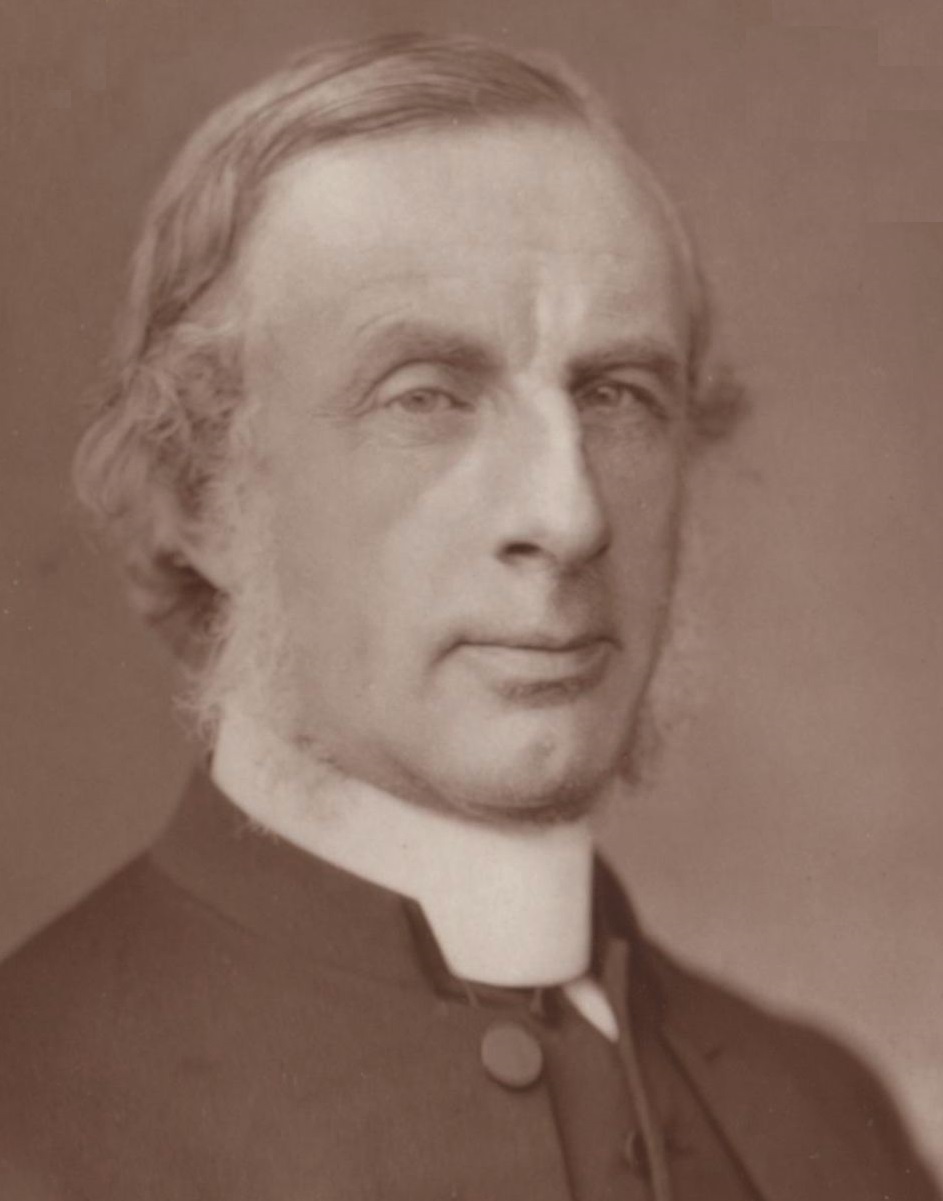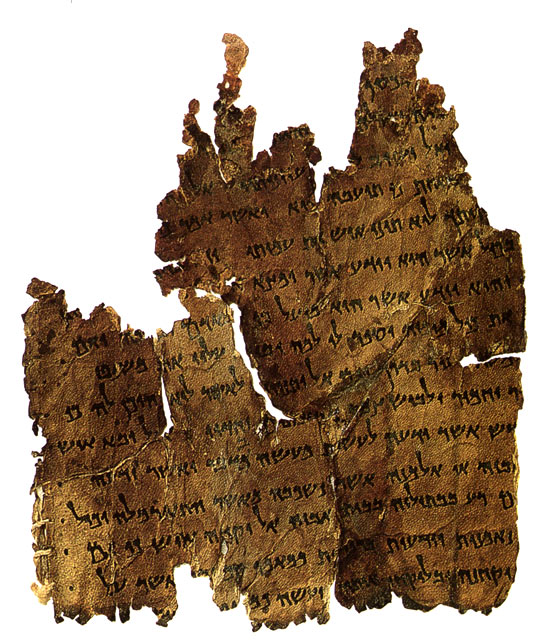|
Ecclesiastes 7
Ecclesiastes 7 is the seventh chapter of the Book of Ecclesiastes in the Hebrew Bible or the Old Testament of the Christian Bible.Holman Illustrated Bible Handbook. Holman Bible Publishers, Nashville, Tennessee. 2012. The book contains philosophical speeches by a character called '(the) Qoheleth' ("the Teacher"), composed probably between the 5th and 2nd centuries BC. Peshitta, Targum, and Talmud attribute the authorship of the book to King Solomon. This chapter deals with suffering and sin. The style of the first half (verses 1–14) is similar to that of the 'sentence literature' collections (such as ) and, as in such collections, the sayings are linked by catchwords and thematic ties with the previous ones, with a series of "better ... than" presenting dialectic pairs of issues. The second half exposes the 'crookedness of life' (verse 13) that moves to the 'crookedness of humanity' (verse 29). Text The original text was written in Hebrew. This chapter is divided into 29 ver ... [...More Info...] [...Related Items...] OR: [Wikipedia] [Google] [Baidu] |
Ecclesiastes
Ecclesiastes ( ) is one of the Ketuvim ('Writings') of the Hebrew Bible and part of the Wisdom literature of the Christian Old Testament. The title commonly used in English is a Latin transliteration of the Greek translation of the Hebrew word ( or ). An unnamed author introduces "The words of Kohelet, son of David, king in Jerusalem" (Ecclesiastes 1:1, 1:1) and does not use his own voice again until the final verses (12:9–14), where he gives his own thoughts and summarises the statements of Kohelet; the main body of the text is ascribed to Kohelet. Kohelet proclaims (1:2) "Vanity of vanities! All is futile!" The Hebrew word , 'vapor' or 'breath', can figuratively mean 'insubstantial', 'vain', 'futile', or 'meaningless'. In some versions, vanity is translated as 'meaningless' to avoid the confusion with the other definition of vanity. Given this, the next verse presents the basic existential question with which the rest of the book is concerned: "What profit can we show for a ... [...More Info...] [...Related Items...] OR: [Wikipedia] [Google] [Baidu] |
1947 Anti-Jewish Riots In Aleppo
The 1947 anti-Jewish riots in Aleppo were a mob attack on Syrian Jews in Aleppo, Syria in December 1947, following the United Nations vote in favour of partitioning British Palestine. The attack was part of an anti-Jewish wave of unrest across the Middle East and North Africa at the time of the 1948 Palestine war. Yaron Harel describes extensive looting and property damage, but writes that soldiers and police officers "prevented the mob from injuring and murdering Jews." According to Jacob Freid, the riots resulted in some 75 Jews murdered and several hundred wounded. In the aftermath of the riots, half the city's Jewish population fled the city. History Syria gained independence from France in April 1946. The Haganah's illegal immigration operative Akiva Feinstein wrote in 1947 that the new Syrian government then commenced persecuting the Jewish minority, that all Jewish clerks working for the French bureaucracy were fired, and the government tried to stifle Jewish businesses. ... [...More Info...] [...Related Items...] OR: [Wikipedia] [Google] [Baidu] |
Edward Plumptre
Edward Hayes Plumptre (6 August 1821 – 1 February 1891) was an English divine and scholar born in London. Life He was born on 6 August 1821, being the son of Edward Hallows Plumptre, a London solicitor. Charles John Plumptre was his brother. He was educated at home, and after a brief stay at King's College, London, entered Oxford as a scholar of University College, Oxford, of which his uncle, Frederick Charles Plumptre (1796–1870), was master from 1836 till his death. In 1844, he took a double first-class, alone in mathematics, and in classics with Sir George Bowen, Dean Bradley, and E. Poste. He was elected to a fellowship at Brasenose College, which he resigned three years afterwards, on his marriage with Harriet Theodosia, sister of Frederick Denison Maurice. For some years the influence of his brother-in-law was apparent in his religious views, but as he advanced in life he identified himself with no party. Service He was ordained in 1847, by Bishop Wilberforce ... [...More Info...] [...Related Items...] OR: [Wikipedia] [Google] [Baidu] |
Jerusalem Bible
''The Jerusalem Bible'' (JB or TJB) is an English translation of the Bible published in 1966 by Darton, Longman & Todd. As a Catholic Bible, it includes 73 books: the 39 books shared with the Hebrew Bible, along with the seven deuterocanonical books, as the Old Testament, and the 27 books shared by all Christians as the New Testament. It also contains copious footnotes and introductions. For roughly half a century, the Jerusalem Bible has been the basis of the lectionary for Mass used in Catholic worship throughout much of the English-speaking world outside of North America, though in recent years various bishops' conferences have begun to transition to newer translations, including the English Standard Version, Catholic Edition, in the United Kingdom and India and the Revised New Jerusalem Bible in Australia, New Zealand, and Ireland. History In 1943 Pope Pius XII issued an encyclical letter, '' Divino afflante Spiritu'', which encouraged Catholics to translate the scr ... [...More Info...] [...Related Items...] OR: [Wikipedia] [Google] [Baidu] |
Aquila Of Sinope
Aquila (Hebrew language, Hebrew: עֲקִילַס ''ʿăqīlas'', Floruit, fl. 130 Common Era, CE) of Sinope (modern-day Sinop, Turkey; ) was a translator of the Hebrew Bible into Greek language, Greek, a proselyte, and disciple of Rabbi Akiva. Relationship to Onkelos Opinions differ on whether he was the same person as Onkelos, who composed the leading Aramaic translation of the Torah known as the Targum Onkelos. The names "Onkelos the proselyte" and "Aquilas the proselyte" are frequently interchanged in the Babylonian Talmud and Jerusalem Talmud. It is unclear how much (if any) of the Aramaic translation was based on the Greek. Greek translation Only fragments of this translation have survived in what remains of fragmentary documents taken from the Books of Kings and the Psalms found in the old Cairo Geniza in Fustat, Egypt, while excerpts taken from the Hexapla written in the glosses of certain manuscripts of the Septuagint were collected earlier and published by Frederick F ... [...More Info...] [...Related Items...] OR: [Wikipedia] [Google] [Baidu] |
Codex Alexandrinus
The Codex Alexandrinus (London, British Library, Royal MS 1. D. V-VIII) is a manuscript of the Greek Bible,The Greek Bible in this context refers to the Bible used by Greek-speaking Christians who lived in Egypt and elsewhere during the early history of Christianity. This Bible contained both the Old and New Testaments in Koine Greek. written on parchment. It is designated by the siglum A or 02 in the Gregory-Aland numbering of New Testament manuscripts, and δ 4 in the von Soden numbering of New Testament manuscripts. It contains the majority of the Greek Old Testament and the Greek New Testament. It is one of the four Great uncial codices (these being manuscripts which originally contained the whole of both the Old and New Testaments). Along with Codex Sinaiticus and Vaticanus, it is one of the earliest and most complete manuscripts of the Bible. Using the study of comparative writing styles (palaeography), it has been dated to the fifth century. It derives its name fr ... [...More Info...] [...Related Items...] OR: [Wikipedia] [Google] [Baidu] |
Biblia Hebraica (Kittel)
''Biblia Hebraica'' refers primarily to the three editions of the Hebrew Bible edited by Rudolf Kittel. When referenced, Kittel's ''Biblia Hebraica'' is usually abbreviated BH, or BHK (K for Kittel). When specific editions are referred to, ''BH1'', ''BH2'' and ''BH3'' are used. ''Biblia Hebraica'' is a Latin phrase meaning Hebrew Bible, traditionally used as a title for printed editions of the Tanakh. Less commonly, ''Biblia Hebraica'' may also refer to subsequent editions in the ''Biblia Hebraica'' series which build on the work of Kittel's editions. Editions by Kittel The Old Testament scholar Rudolf Kittel from Leipzig Leipzig (, ; ; Upper Saxon: ; ) is the most populous city in the States of Germany, German state of Saxony. The city has a population of 628,718 inhabitants as of 2023. It is the List of cities in Germany by population, eighth-largest city in Ge ... started to develop a critical edition of the Hebrew Bible in 1901, which would later become the first of it ... [...More Info...] [...Related Items...] OR: [Wikipedia] [Google] [Baidu] |
Codex Sinaiticus
The Codex Sinaiticus (; Shelfmark: London, British Library, Add MS 43725), also called the Sinai Bible, is a fourth-century Christian manuscript of a Greek Bible, containing the majority of the Greek Old Testament, including the deuterocanonical books, and the Greek New Testament, with both the Epistle of Barnabas and the Shepherd of Hermas included. It is designated by the siglum [Aleph] or 01 in the Gregory-Aland numbering of New Testament manuscripts, and δ 2 in the von Soden numbering of New Testament manuscripts. It is written in uncial letters on parchment. It is one of the four great uncial codices (these being manuscripts which originally contained the whole of both the Old and New Testaments). Along with Codex Alexandrinus and Codex Vaticanus, it is one of the earliest and most complete manuscripts of the Bible, and contains the oldest complete copy of the New Testament. It is a historical treasure, and using the study of comparative writing styles (palae ... [...More Info...] [...Related Items...] OR: [Wikipedia] [Google] [Baidu] |
Codex Vaticanus
The Codex Vaticanus ( The Vatican, Bibl. Vat., Vat. gr. 1209), is a manuscript of the Greek Bible, containing the majority of the Old Testament and the majority of the New Testament. It is designated by siglum B or 03 in the Gregory-Aland numbering of New Testament manuscripts, and as δ 1 in the von Soden numbering of New Testament manuscripts. It is one of the four great uncial codices. Along with Codex Alexandrinus and Codex Sinaiticus, it is one of the earliest and most complete manuscripts of the Bible. Using the study of comparative writing styles (palaeography), it has been dated to the 4th century. The manuscript became known to Western scholars as a result of correspondence between textual critic Desiderius Erasmus Roterodamus (known usually as Erasmus) and the prefects of the Vatican Library. Portions of the codex were collated by several scholars, but numerous errors were made during this process. The codex's relationship to the Latin Vulgate and the value Jerome ... [...More Info...] [...Related Items...] OR: [Wikipedia] [Google] [Baidu] |
Septuagint
The Septuagint ( ), sometimes referred to as the Greek Old Testament or The Translation of the Seventy (), and abbreviated as LXX, is the earliest extant Greek translation of the Hebrew Bible from the original Biblical Hebrew. The full Greek title derives from the story recorded in the Letter of Aristeas to Philocrates that "the laws of the Jews" were translated into Koine Greek, the Greek language at the request of Ptolemy II Philadelphus (285–247 BC) by seventy-two Hebrew sofer, translators—six from each of the Twelve Tribes of Israel.Megillah (Talmud), Tractate Megillah 9](9a)/ref>Soferim (Talmud), Tractate Soferim 1](1:7-8)/ref> Textual criticism, Biblical scholars agree that the Torah, first five books of the Hebrew Bible were translated from Biblical Hebrew into Koine Greek by Jews living in the Ptolemaic Kingdom, centred on the History of the Jews in Alexandria, large community in Alexandria, probably in the early or middle part of the 3rd century BC. The remainin ... [...More Info...] [...Related Items...] OR: [Wikipedia] [Google] [Baidu] |
Koine Greek
Koine Greek (, ), also variously known as Hellenistic Greek, common Attic, the Alexandrian dialect, Biblical Greek, Septuagint Greek or New Testament Greek, was the koiné language, common supra-regional form of Greek language, Greek spoken and written during the Hellenistic period, the Roman Empire and the early Byzantine Empire. It evolved from the spread of Greek following the conquests of Alexander the Great in the fourth century BC, and served as the lingua franca of much of the Mediterranean region and the Middle East during the following centuries . It was based mainly on Attic Greek, Attic and related Ionic Greek, Ionic speech forms, with various admixtures brought about through dialect levelling with other varieties. Koine Greek included styles ranging from conservative literary forms to the spoken vernaculars of the time. As the dominant language of the Byzantine Empire, it developed further into Medieval Greek, which then turned into Modern Greek. Literary Koine was ... [...More Info...] [...Related Items...] OR: [Wikipedia] [Google] [Baidu] |
4Q109
The following is a list of the Dead Sea Scrolls from the cave 4 near Qumran. Description Wadi Qumran Cave 4 was discovered in August 1952, and was excavated from 22–29 September 1952 by Gerald Lankester Harding, Roland de Vaux, and Józef Milik.VanderKam, James C., ''The Dead Sea Scrolls Today'', Grand Rapids: Eerdmans, 1994. pp. 10–11. Cave 4 is actually two hand-cut caves (4a and 4b), but since the fragments were mixed, they are labeled as 4Q. Cave 4 is the most famous of Qumran caves both because of its visibility from the Qumran plateau and its productivity. It is visible from the plateau to the south of the Qumran settlement. It is by far the most productive of all Qumran caves, producing ninety percent of the Dead Sea Scrolls and scroll fragments (approx. 15,000 fragments from 500 different texts), including 9–10 copies of Jubilees, along with 21 ''tefillin'' and 7 ''mezuzot,'' as well as fragments from a scroll containing Exodus and Genesis written in paleo-he ... [...More Info...] [...Related Items...] OR: [Wikipedia] [Google] [Baidu] |







